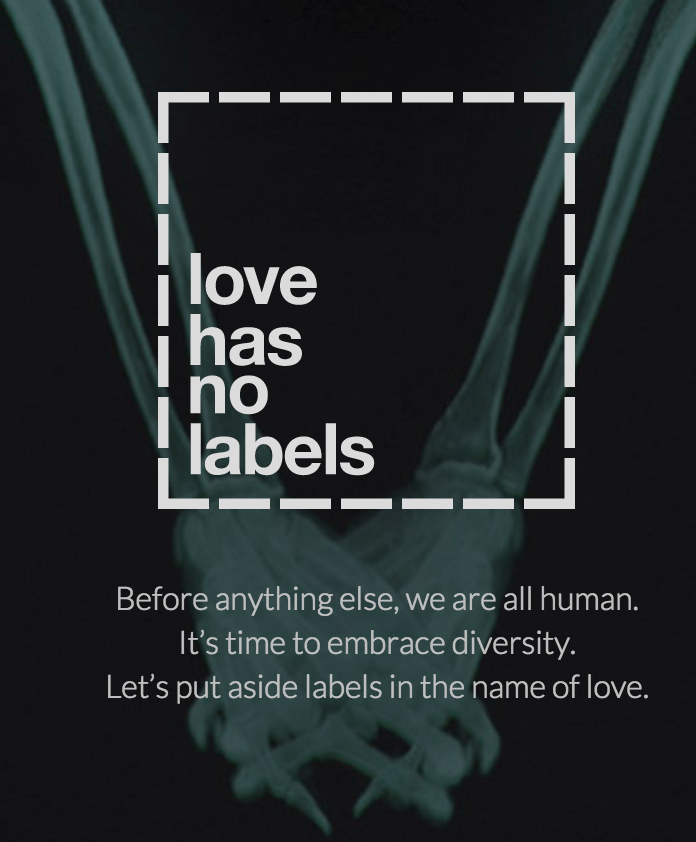Setting boundaries with an alcoholic
How You Can Set Boundaries With an Addict or Alcoholic
Home » Addiction Blog » How to Set Boundaries With Addicts and Alcoholics and Keep Your Sanity
Mother Nature and her many forms are just so fascinating. Listening to the wind howl at the moon or the rainfall in a backyard is my kind of day. I mean, have you ever just sat and watched the ocean waves and the simplicity of their motions? The tide lowers and rises but continues without skipping a beat. The waves ride in and out, erasing all in their path as the salt continues to leave its tracks on the top of the sands. It seems simple, but the majesty behind it is all about perspective.
Have you ever drawn a line in the sand and watched the waves come and go- slowly erasing that mark you once made on the world? Imagine the waves are an alcoholic and you set that line in the sand to not be crossed. Makes sense huh? Setting boundaries with addicts is a line that must be dug deeper and hiked a little further upsand away from the tide.
This is a nice cheesy metaphor we can all relate to as we start building our sandcastle walls and setting restrictions in recovery to protect ourselves.
Waves Can Be Unpredictable
One thing that’s for sure in this life is you get what you’re willing to tolerate. There is an extent of course as to what we can and cannot control but we have the tools to deal with it appropriately today. Setting your boundaries with addicts is never an easy thing, but it makes the world a difference whether they are using or actually clean. Addicts and alcoholics can slip off the path of sobriety in an instant. The person in front of you can Hyde and Jekyll their act real quick into a matter of days just transforming into an absolute wreck. That’s chemical dependency for you.
Of course, addicts and alcoholics hear what they want to hear. This means boundaries with addicts can be set, but they don’t have to agree with them. It is very common for them to keep pushing the envelope and see how far they can test somebody. It happens all the time, hell- I’m one of those people. It’s kind of our addictive nature. It’s like they say in the rooms of Narcotics Anonymous, “One is too many and a thousand is never enough.” Addicts can be told face to face the word “No” and meanwhile, their thinking of a way to make that a “Yes.” They are stubborn and relentless and unless working a great program, will not stop until they get the thing they want. Alas, so many of us forget there is a difference between our silly wants and valuable needs.
It happens all the time, hell- I’m one of those people. It’s kind of our addictive nature. It’s like they say in the rooms of Narcotics Anonymous, “One is too many and a thousand is never enough.” Addicts can be told face to face the word “No” and meanwhile, their thinking of a way to make that a “Yes.” They are stubborn and relentless and unless working a great program, will not stop until they get the thing they want. Alas, so many of us forget there is a difference between our silly wants and valuable needs.
Don’t Drown
Any sort of boundaries with addicts while they’re clean is usually a more rational conversation to be had- usually. Some people, when they’re locked in that distorted mindset, will not listen to anything you say if it affects their ability to get high at any point. Then you set boundaries with addicts that don’t need to get high anymore- but are still swarmed with alcoholic thinking. They are just as prone to try and break your restrictions if you give them a chance. It really depends on a case by case basis. Establishing healthy boundaries with addicts can be any and everything that has to do with protecting yourself from their selfish ways. Boundaries with addicts can range from
It really depends on a case by case basis. Establishing healthy boundaries with addicts can be any and everything that has to do with protecting yourself from their selfish ways. Boundaries with addicts can range from
- No drug using friends are allowed around
- No drugs/alcohol in the house
- Not lying for the person to cover up their mistakes
- Stopping trusting their word if they continually break it
- Not giving money in any form
- Self respect and not allowing them to treat you poorly
Addiction can and will distort the roles that friends and family play for the addict/alcoholic. They will start to view you as not necessarily somebody who cares about them, but somebody who is weak that because of the care exhibited they can manipulate. It’s a lazy disease that feeds off of lies and deceit as it tries to get other people to carry it while it’s destroying its host.
Stand Your Ground
One of the most important things to recognize when laying down boundaries with addicts is to actually be self aware as to when you may be enabling that person. Too often we think we’re doing something out of love or care for them, but they are pulling the sheep’s wool over our eyes (then later stealing it and pawning it if possible). This is the insanity the disease of addiction provides.
Too often we think we’re doing something out of love or care for them, but they are pulling the sheep’s wool over our eyes (then later stealing it and pawning it if possible). This is the insanity the disease of addiction provides.
Think about how many times you have had to guilt trip your addict because of something they have done wrong and wrong again. It’ll be the same error repeated and absence of remorse in most every case. Or how many times have you brought up what they’ve done wrong in the past? We walk on eggshells to avoid starting problems with them. We criticize them in hopes of helping them with advice that they don’t even want in the first place. We cover for them and lie to their school, job, girl/boyfriend- just so they can continue to be waves and crash down on our lines in the sand. These are all signs that we are likely enabling our addicted loved one. If we are always enabling them, we are the only ones to curse. Boundaries with addicts can be a tough foundation to lie, but it will always build for a stronger support system believe it or not. Unfortunately, this disease is life and death and cannot be tolerated.
Unfortunately, this disease is life and death and cannot be tolerated.
Draw a Line for Yourself
Sometimes with addicts and alcoholics, we struggle to follow those boundaries because we can’t even set them personally for ourselves. The disease of addiction rules with this obsession that causes very irrational and selfish thinking. Getting the stuff out of our systems and trying a new way of life can turn that all around. If you or a loved one is struggling with chemical dependency and are ready for help, please call 1-800-481-8457 or visit oarcstaging.wpengine.com. We are ready to give you any suggestions possible and set you or your loved one on a path that we can all be proud of.
Explore More Articles
Related Articles
800-481-8457
24/7 Admission Line
About Us
Located in Central Ohio, our comprehensive addiction treatment facility offers several levels of care to fit the needs of each individual.
How to Set Boundaries with an Alcoholic or Addict
If youre in a relationship with an alcoholic or addict whether its your spouse, parent, child, or friend youll find that setting boundaries is an essential component of self-preservation.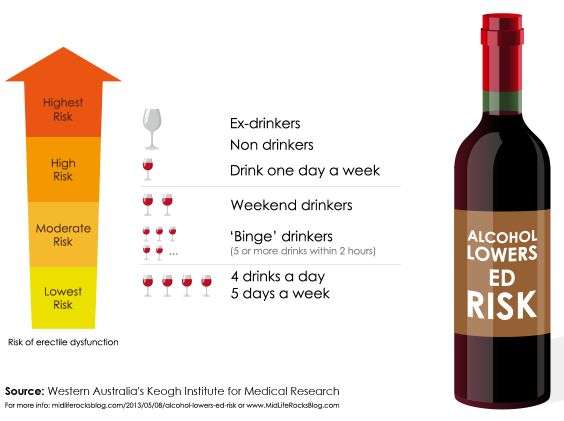 Without boundaries, youre likely to be consumed by the needs of the alcoholic or addict. Addicts dont have boundaries; they take and take, often with little regard for the needs of others. Therefore, you are the one who needs to make and enforce boundaries.
Without boundaries, youre likely to be consumed by the needs of the alcoholic or addict. Addicts dont have boundaries; they take and take, often with little regard for the needs of others. Therefore, you are the one who needs to make and enforce boundaries.
What are boundaries?
Often, in dysfunctional or codependent families, people dont develop a strong sense of themselves as confident, independent people. Instead, they let others dictate their identity, emotional state, and self-worth. A boundary is a necessary and healthy dividing line between two people; it reflects that you are a separate person with your own physical and emotional needs.
Healthy boundariescreate a framework that lets people know how to treat you. The clear expectations created by boundaries help form respectful, mutual relationships. Without boundaries, we risk being mistreated and enmeshed (not functioning as completely separate people and being overly involved in other people lives).
How to set boundaries
It is challenging to start setting boundaries with people when theres been a lack of boundaries in the past. The first step is to be clear about what boundaries you need. I suggest writing down your boundaries and the reasons for setting them. Writing can help you gain clarity and reinforce your boundaries. Having a list is also helpful to reference when youre wavering or struggling to enforce your boundaries. You might start by making a list of behaviors that you consider unacceptable (such as driving your children while intoxicated, stealing, embarrassing you, calling you names, pressuring you to have sex, spending the rent money on drugs, etc.) and use that list to establish the boundaries that you need.
The first step is to be clear about what boundaries you need. I suggest writing down your boundaries and the reasons for setting them. Writing can help you gain clarity and reinforce your boundaries. Having a list is also helpful to reference when youre wavering or struggling to enforce your boundaries. You might start by making a list of behaviors that you consider unacceptable (such as driving your children while intoxicated, stealing, embarrassing you, calling you names, pressuring you to have sex, spending the rent money on drugs, etc.) and use that list to establish the boundaries that you need.
When setting and enforcing boundaries try to remain calm and concise. Stick to the facts without overexplaining, blaming, or becoming defensive. For example, its more effective to say Im going to go home now. I dont like to be around you when youre drinking, than to lose your temper and say I cant believe youre drinking again! Every time I come over its the same thing. Im not going to take it anymore! You can see how the latter is more likely to instigate an argument.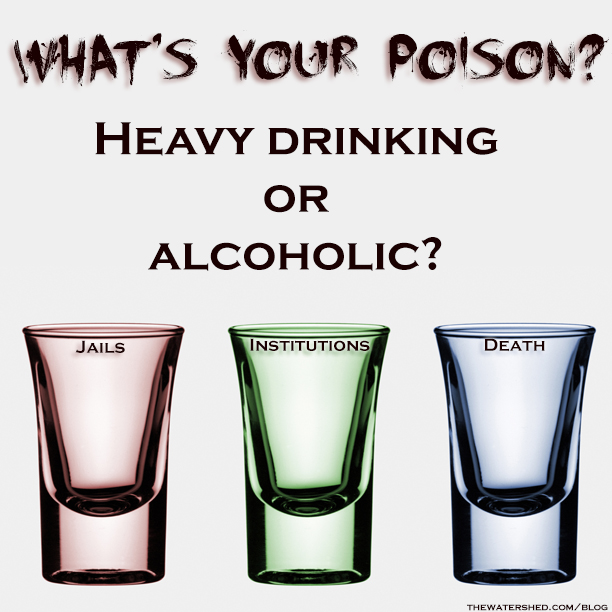
Its important to remember that boundaries arent about trying to control someone or make them change. Boundaries are about establishing how you want to be treated, self-preservation in a chaotic or dangerous environment, and a path to healthy relationships.
Common boundary issues with alcoholics and addicts
1. Safety issues
Keeping yourself and any children in your care safe must always be your number one priority. Addicts can create an unsafe environment when they:
- Physically hurt or assault people
- Threaten, yell, curse, belittle
- Destroy property
- Drive under the influence
- Fail to supervise children in their care or leave drugs where children can get them
- Bring strangers or fellow substance abusers into your home
When safety is a concern, there may be times when your best course of action is to leave the situation. And there may be times when you need to enlist additional help, such as calling a friend or 911, if someone will not respect your boundaries around safety. Its not your responsibility if someone gets arrested or suffers negative consequences due to their behavior.
Its not your responsibility if someone gets arrested or suffers negative consequences due to their behavior.
2. Being in the presence of someone who is drinking/using
When your loved one is drinking or using in your presence or arrives under the influence, your internal warning system probably starts to go off; youre flooded with anxiety and stress hormones because you know that things are likely to go downhill sooner or later.
You cant stop your loved one from drinking or using drugs, but you will need boundaries to determine your tolerance for this situation. Your boundary might be that you leave as soon as your loved one has one drink or you might feel OK as long as theyre drinking wine, but as soon as the of whiskey is poured, youre out of there. Many people set boundaries around not engaging in arguments or discussing certain topics when their loved one is intoxicated. I also know people who choose not to serve alcohol when they host guests in their home and ask others not to bring alcohol to gatherings at their house.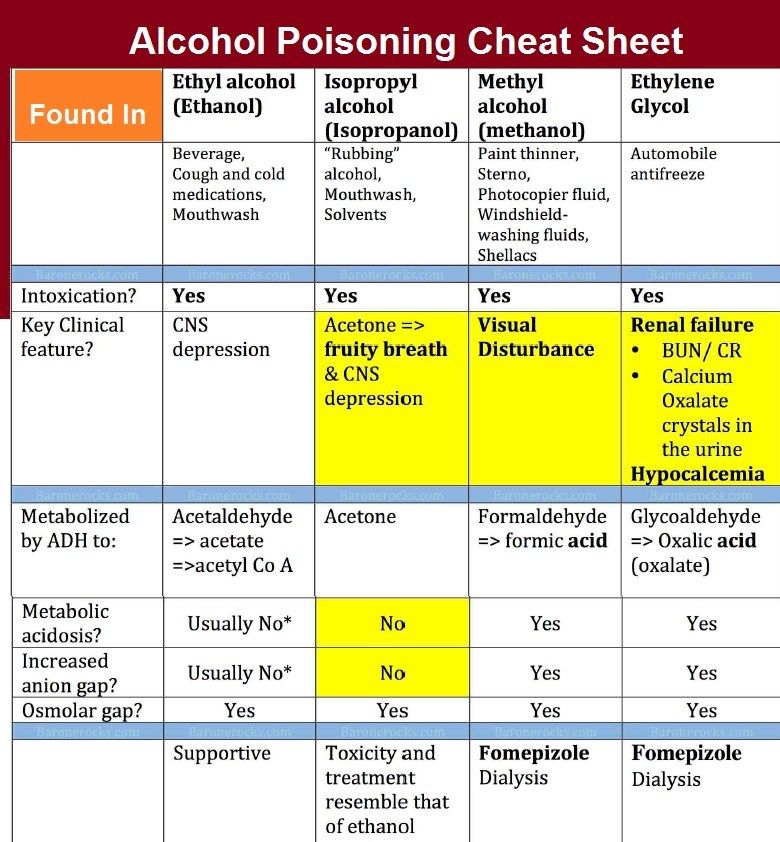
3. Requests for money, shelter, transportation, and favors
Because their lives are out of control, addicts and alcoholics often want help with practical things like money, shelter, and transportation. You arent obligated to provide any of these things to adults. Examples of boundaries could be: Im willing to drive you to work and doctors appointments, but nowhere else. I dont give or lend money ever. I am opening my own bank account. I wont provide any assistance related to your DUI (no financial help, no rides, no reminders about court dates).
Another thing to remember about boundaries, is they dont necessarily have to be shared with the other person. If your loved one perceives your boundaries as rules, efforts to control, or punishments, you may find your best course of action is to simply act on your boundaries. You dont have to say, Im not going to help you with your DUI. You can simply set this boundary yourself and follow through.
Setting your own boundaries
In this article, I provided some examples of boundaries, but there isnt a one-size-fits-all solution.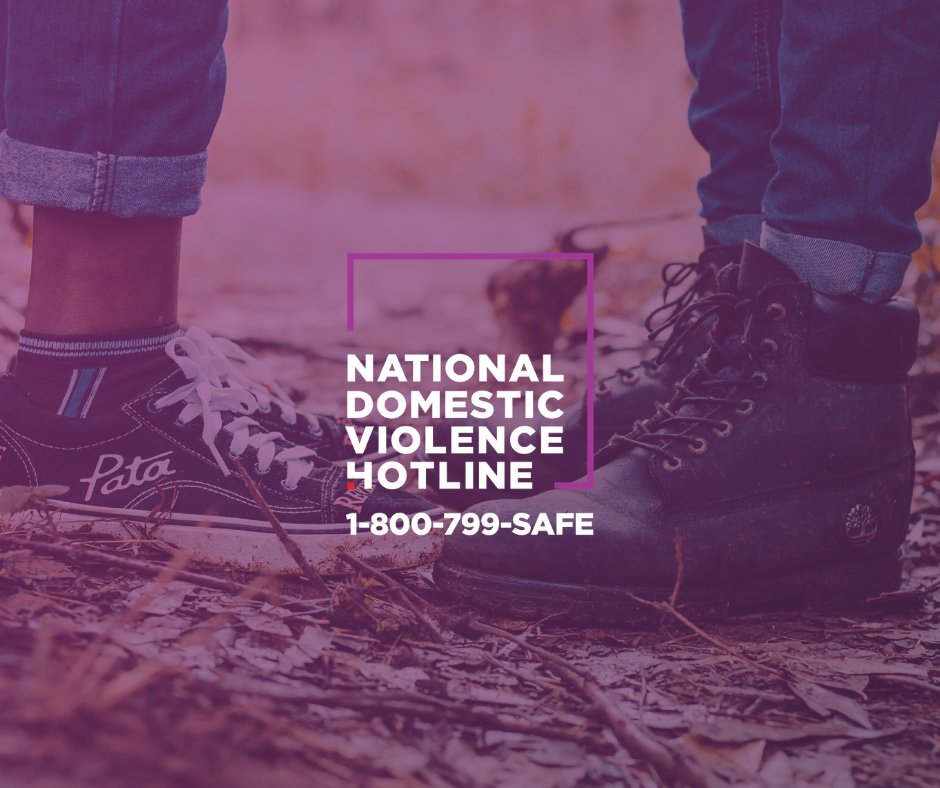 You will need to consider your particular situation. As you do, think about how you felt when you read the boundaries I suggested. Notice whether they felt empowering or scary. Did you feel resistant and think I could never do that, or Thats heartless? We all have to set the boundaries that feel right for us. A therapist can be a helpful guide and support in this process.
You will need to consider your particular situation. As you do, think about how you felt when you read the boundaries I suggested. Notice whether they felt empowering or scary. Did you feel resistant and think I could never do that, or Thats heartless? We all have to set the boundaries that feel right for us. A therapist can be a helpful guide and support in this process.
Boundaries are about choices. They help us move out of victim-mode and codependency and into empowerment. Sometimes none of the choices are what we want, but we arent helpless. We can choose option A or option B and that gives us strength and hope. We dont have to put up with hurtful or uncomfortable situations.
*****
2017 Sharon Martin, LCSW. All rights reserved. Photo courtesy of FreeDigitalPhotos.net
How to set boundaries with people who drink
Communicate with those who drink when you yourself are no more? It's real, but it may take more trust, communication, and more self-care.❤️
Here are ways to set boundaries with friends, family, and partners when alcohol is still part of the relationship.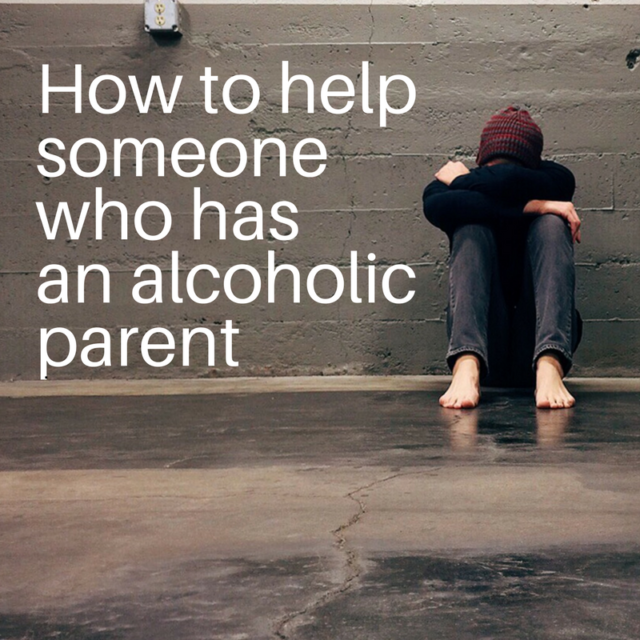
Source: Amber Leventry, thetemper.com
✅ It's okay to avoid risky situations
It's hard to say no to leisure activities, but a friend's party or going to a nightclub is likely to be too much of a temptation, at least at first. Politely saying "no" to an invitation doesn't mean you're giving up on your friendship, but that you're saying yes to your sobriety. Alternatively, you can invite friends to your place and arrange a tea party or a non-alcoholic tabletop dinner for them.
Veronica Valli, sobriety coach and creator of Soberful, says: “The longer we stay sober, the more our boundaries around drinking change. In the beginning, it can be difficult for us to be around alcohol and people who drink. However, the stronger your sobriety, the more comfortable you will feel when communicating, even when others drink, you will not be strained.
✅ Change your routine
Until you feel comfortable around alcohol, it's best to choose other meeting places. Chat over coffee or tea. Go to a yoga or meditation class with a friend, or take a walk in the park with a colleague instead of the usual hang-outs at the bar after work.
Chat over coffee or tea. Go to a yoga or meditation class with a friend, or take a walk in the park with a colleague instead of the usual hang-outs at the bar after work.
It took more than a year until I stopped wanting to drink every day, although there were especially difficult moments. For example, before the process of preparing dinner always included alcohol, and after lunch on Friday there was a strong feeling that today you definitely need to get drunk. I started listening to podcasts while I was cooking to take my mind off drinking, and started running on Fridays.
✅ Communicate positively
Ian Stockbridge, Mindfulness & Life Coach teacher, says we don't have to share personal information about our addiction, especially with those we see for the first time in our lives, or with people who aren't trust. Saying "I'm an alcoholic" or "I'm in recovery" is probably the most difficult confession we've ever made. This is partly due to self-esteem, partly due to the fear of judgment.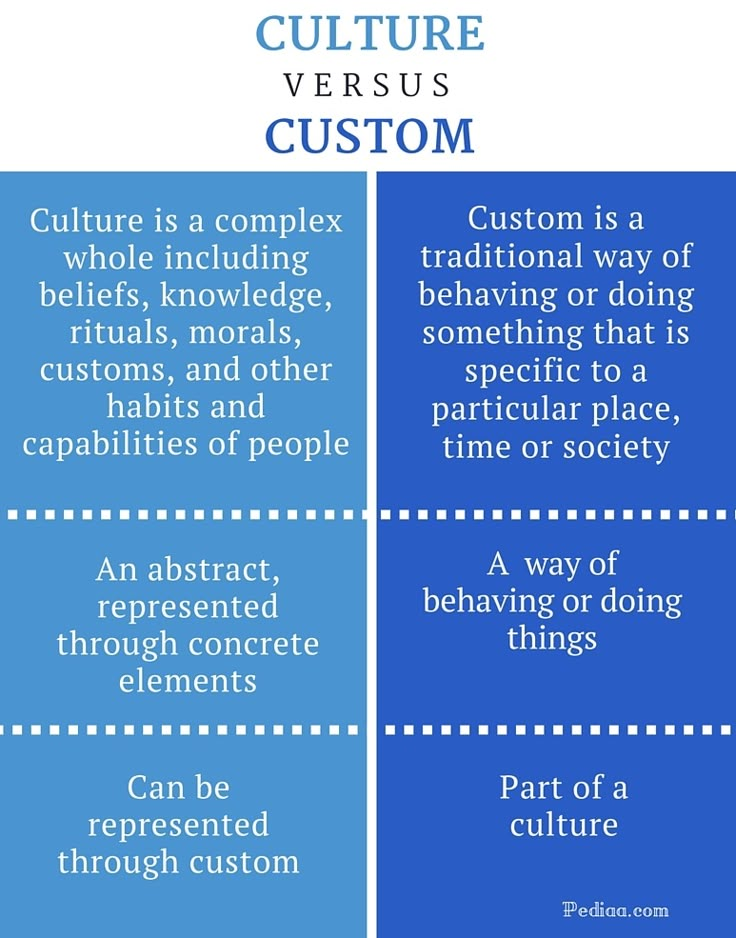 If you decide to come out on the topic of quitting alcohol or other psychoactive substances, remember that exactly how we carry on a conversation is more important than the phrases we use. Therefore, less drama, more calm and positive.😎
If you decide to come out on the topic of quitting alcohol or other psychoactive substances, remember that exactly how we carry on a conversation is more important than the phrases we use. Therefore, less drama, more calm and positive.😎
Perhaps someone will not understand you (far from all people in the topic) and will want to ask clarifying questions or ask how best to support you. If you don't know what to say, or for some reason don't want to go into details, don't worry or panic, just say "I don't know" or "I'm not ready to answer yet."
✅ Do it yourself, but don't take it personally 🖖🏼
When we get sober, start building new boundaries and make changes in our lifestyle, not all people around us may like it. Someone will take our decisions personally.
According to Veronica Valli, the reason is that our sobriety makes people think about their own use, and this is not always pleasant. Someone is not ready to solve problems with alcohol himself, so he will try to convince you that you are thinking that you do not have any problems.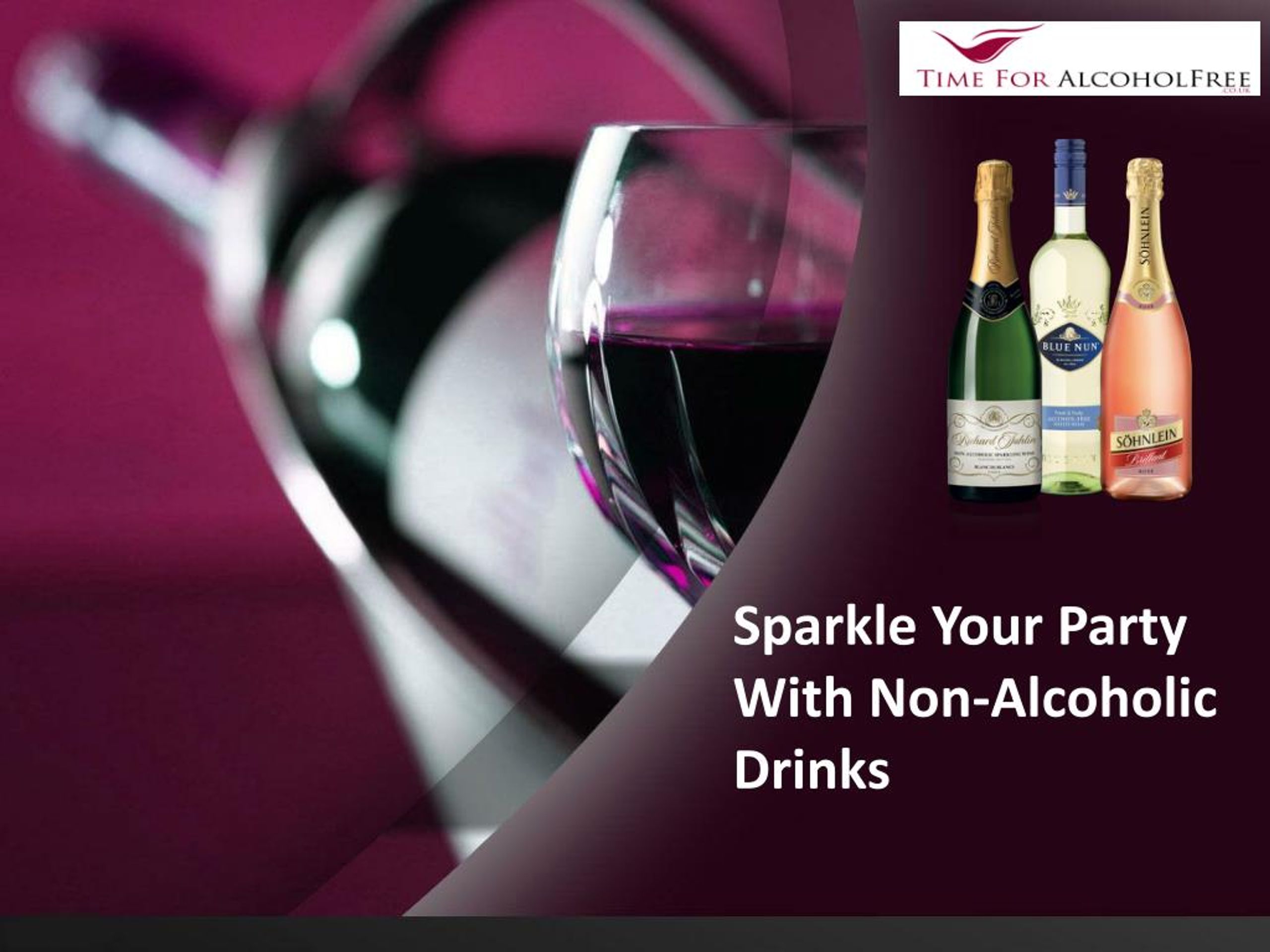 Remember, when people do this, they are not talking about your drinking, they are talking about their own.
Remember, when people do this, they are not talking about your drinking, they are talking about their own.
The work of redefining old and establishing new boundaries is a difficult and sometimes exhausting process, but it is vital to sobriety and recovery. It also helps us not take anyone else's reaction to our boundaries personally. Some people may not respect our boundaries because we have not always respected them ourselves in the past. In another case, our boundaries are respected, but we feel like victims. I constantly assess the degree of my frustration with being an alcoholic when it comes to those who are able to drink "in moderation." My friends and my loved one have every right to have a beer or a glass of wine; Just because I can't stop doesn't mean I have to control their choices. Sometimes I get jealous and angry that I can't do what my loved ones do, but that's about me, not their decision to drink at dinner.
✅ Evaluate relationships
Since we set boundaries for ourselves, we also have to evaluate situations and relationships. So it's important to ask yourself: does help me? Is this relationship right for me? We must also recognize that while we may set boundaries, others also have the right to tell us that those boundaries do not suit them. Losing people can be painful, but true friends and loved ones will respect our decisions while also taking care of themselves. “Neither self-flagellation nor self-sacrifice is healthy or beneficial,” says Ian Stockbridge.
So it's important to ask yourself: does help me? Is this relationship right for me? We must also recognize that while we may set boundaries, others also have the right to tell us that those boundaries do not suit them. Losing people can be painful, but true friends and loved ones will respect our decisions while also taking care of themselves. “Neither self-flagellation nor self-sacrifice is healthy or beneficial,” says Ian Stockbridge.
The person I'm dating isn't addicted or abusive, but we've had conversations about the boundaries I need when it comes to his drinking and how it can affect our relationship. A loved one knows that I respect his decision to drink sometimes, but he also knows that the smell of breath and the taste on the lips mean that kissing or other forms of physical intimacy are very likely to bypass him if he smells like a bottle . I can get alcohol close to me, but not that close. It's not a threat or an ultimatum, it's a line I set to protect my sobriety.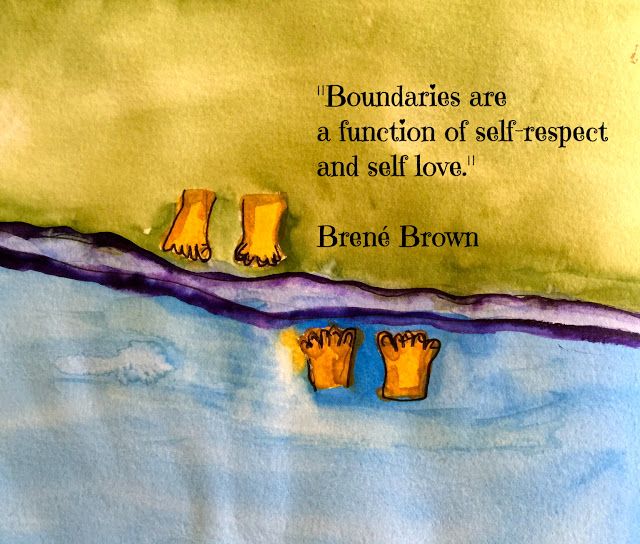 My partner understands this and decided that when we are together, she does not drink, because intimacy with me is more expensive for him.
My partner understands this and decided that when we are together, she does not drink, because intimacy with me is more expensive for him.
I also warned my friends that I might leave before the party was over because my ability to be around alcohol was limited. I have surrounded myself with people who understand this and let go of those who don't. Unconditional positivity, even during times of change and shifts in the dynamics of our relationship, is necessary for my sobriety. If someone fails to appreciate your needs, or if they downplay some part of your recovery, that person is not a good travel companion for you.
There is a reason why we stop drinking. Try to remember that suffering from alcohol addiction is much worse than suffering the discomfort of setting boundaries. You deserve a better life. ✨
photos of Carolina Grabovskaya / Kaboompics
How to help a loved one to realize his alcoholism - news - Demidovsky Central District Hospital
How to help a close alcoholism
Alcoholism - a terrible disease.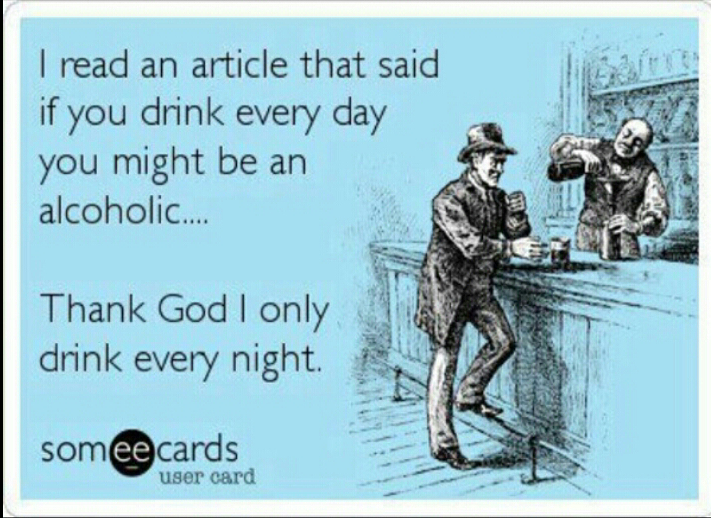
Precisely a disease, because it poisons a person's whole life and destroys his internal organs. This poison, having intoxicated consciousness once, eats into the body and is able to suppress the will of anyone. All alcohol-containing drinks subjugate the human mind, and addiction occurs not only at the physical level, but also psychologically. That is why it is still very difficult to cure a person from this, one of the most terrible diseases of our time, which can be put on a par with HIV or cancer.
The first people who always try to help you are your loved ones. It doesn't matter if it's husband or wife, father, mother, son or daughter, blood brother or brother in spirit. Unfortunately, only a very loving and patient person can really help . But often only one desire to somehow correct the situation is not enough, it is also necessary to know what to do if your loved one has started drinking. This is also important because a person trying to help can, by his erroneous actions, not only aggravate the situation, but also become co-dependent.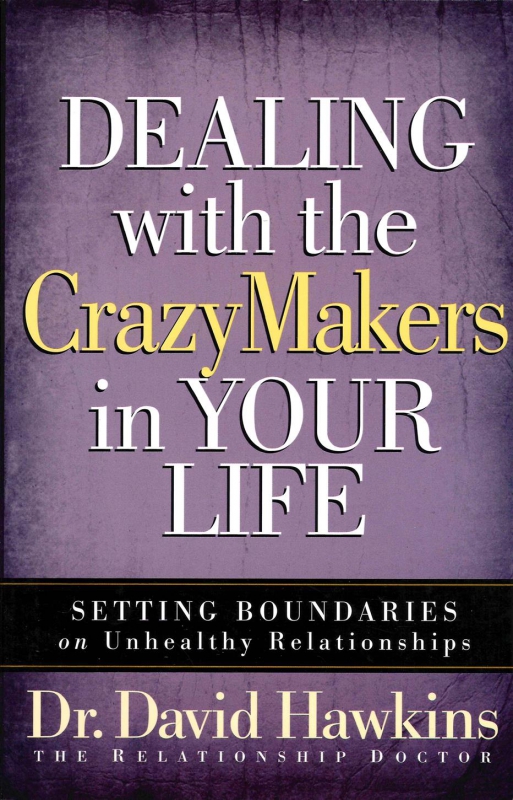 This does not mean that you will also start drinking, the fact is that usually relatives begin to play a kind of role of a “nanny” (usually a wife), trying to save the family in some way, and so that no one finds out about their problem . During the binge, "nannies" begin to patronize the addict, while very often enduring various aggression or even beatings from the alcoholic. And thus, moments of sobriety are replaced by hard drinking, and so on in a circle. As a result, "nannies" can no longer live differently and become co-dependent themselves.
This does not mean that you will also start drinking, the fact is that usually relatives begin to play a kind of role of a “nanny” (usually a wife), trying to save the family in some way, and so that no one finds out about their problem . During the binge, "nannies" begin to patronize the addict, while very often enduring various aggression or even beatings from the alcoholic. And thus, moments of sobriety are replaced by hard drinking, and so on in a circle. As a result, "nannies" can no longer live differently and become co-dependent themselves.
It is necessary to start by letting the person himself understand his addiction . Try to understand the reason why the person drinks. Try to get rid of this reason. If for some reason this is impossible to do, it is important to understand the moment that alcohol is clearly associated with long-standing feelings of "high". For him, the saying: “to drink is grief, and not to drink is doubly” has far from a comic meaning. It is easier for an alcohol addict to live in a binge than in a gray, empty and sober reality. He is afraid of reality, even if this fear is based on a wrong judgment.
It is easier for an alcohol addict to live in a binge than in a gray, empty and sober reality. He is afraid of reality, even if this fear is based on a wrong judgment.
Try to see the world through his eyes. No, we are not saying that you should start drinking alcohol with him, but accept the fact that the reality he invented is very different from what it really is. Your main task is to show with real examples how wonderful life really is, and how much alcohol kills it.
No need to threaten him - if it didn't help the first time, then it won't help now, and, perhaps, will only aggravate the situation. As a close person, it is more convenient for you to look for that lever that will make him think about the need to get rid of his own addiction. Take a closer look at his surroundings, you may be able to persuade someone to quit with him. Together, it will be much easier for him to decide on such a step.
Alcoholism is a terrible thing, so don't give up, and most importantly, don't let yourself break . Try not only to keep the old, but also to fill the life of the addict with some new meaning. The busier your days are, the less time you have for alcohol.
Try not only to keep the old, but also to fill the life of the addict with some new meaning. The busier your days are, the less time you have for alcohol.
Anti-Alcohol Hotline
You can get information on any questions related to alcohol consumption by calling the Healthy Russia Help Desk. The hotline operates at 8-800-200-0-200. Calls to it are free from all regions of Russia.
Hotline of the Narkom Charitable Foundation for the Rehabilitation of Drug Addicts, which provides services for the prevention of smoking, alcoholism, and drug addiction, including educating citizens about risk factors for their health and motivating them to lead a healthy lifestyle (8-499-250-05 -00) with free consultations of a lawyer, psychologist, social worker on the website of your institution in the "information for the patient" section.
Questionnaire PAS (severity of post-intoxication alcohol syndrome)
If there is chronic alcohol intoxication, then there should be post-intoxication. The more severe the post-intoxication states, the more severe the intoxication itself. In other words, it is possible to identify chronic alcohol intoxication by its biomedical consequences (without asking the patient about the doses of alcohol taken and their frequency) by identifying the characteristics of the state of the respondent after alcohol consumption has taken place.
The more severe the post-intoxication states, the more severe the intoxication itself. In other words, it is possible to identify chronic alcohol intoxication by its biomedical consequences (without asking the patient about the doses of alcohol taken and their frequency) by identifying the characteristics of the state of the respondent after alcohol consumption has taken place.
This condition is known in pharmacology and toxicology as "post-intoxication alcohol syndrome" (PAS) , commonly referred to as "hangover" in everyday life. Its signs develop upon awakening after an alcoholic libation. The severity of the severity of PAS usually directly correlates with the severity of the alcoholic excess that took place the day before.
Diagnosis of chronic alcohol intoxication through the detection of extensive PAS (see the table below) allows you to identify and divide the subjects into regular alcohol users in doses that are individually hazardous to their health and into persons who are not in a state of chronic alcohol intoxication (both teetotalers and drinkers).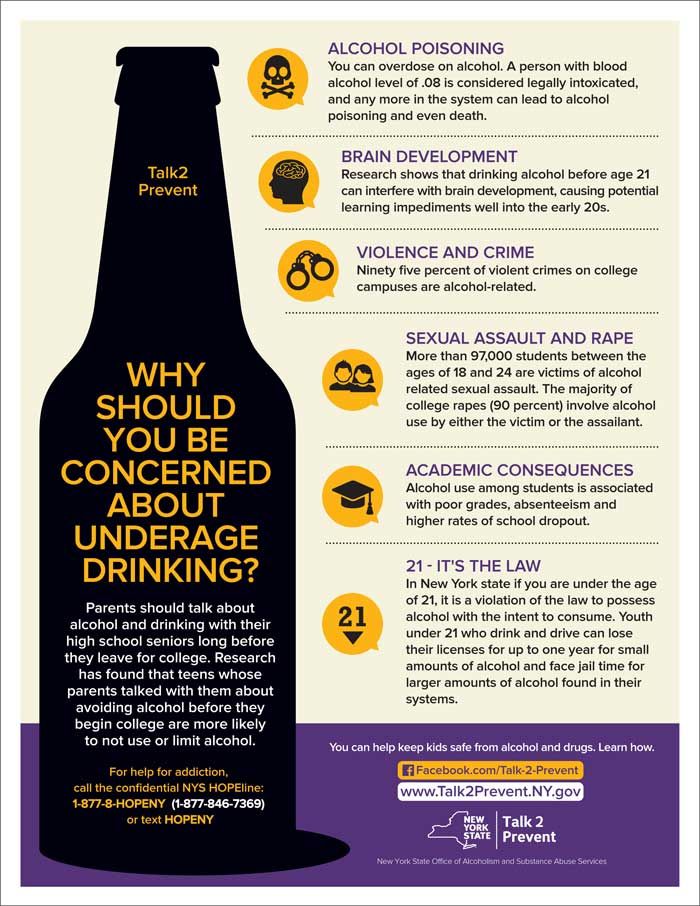 ).
).
PAS Questionnaire
| From the list of symptoms listed below, check those that you notice or feel the day after drinking alcohol the night before in amounts that cause one or more of the symptoms listed below. Mark the presence of such with a (+) sign, and the absence with a (-) sign. In case of uncertainty, leave the column free. | ||
|
No. |
Symptoms
| + or - |
| 1 | Restlessness or agitation |
|
| 2 | Paleness (cold, damp skin) |
|
| 3 | Pain in the region of the heart |
|
| 4 | Flushing (excessive redness) of the face |
|
| 5 | Headache |
|
| 6 | Dizziness |
|
| 7 | Trembling of fingers |
|
| 8 | Desire to take alcohol |
|
| 9 | Jaundice of the skin |
|
| 10 | Change in skin sensitivity (increase, decrease) |
|
| 11 | Stool disorders (diarrhea, constipation) |
|
| 12 | Malaise and fatigue |
|
| 13 | Nervous tension |
|
| 14 | Epistaxis |
|
| 15 | Fainting |
|
| 16 | Shortness of breath |
|
| 17 | Edema on legs |
|
| 18 | Puffiness of the face |
|
| 19 | Lack of appetite |
|
| 20 | Palpitation sensation |
|
| 21 | Interruptions in the work of the heart |
|
| 22 | Increased salivation |
|
| 23 | Need to smoke |
|
| 24 | Need to take medicine |
|
| 25 | Gaps in memory of what happened the day before |
|
| 26 | Irritability and anger |
|
| 27 | Vomiting and nausea |
|
| 28 | Bloody vomit |
|
| 29 | Decreased sex drive |
|
| 30 | Dry mouth |
|
| 31 | Skin rash |
|
| 32 | Excessive appetite |
|
| 33 | Excessive thirst |
|
| 34 | Excessive sweating (night sweats) |
|
| 35 | Staggering gait |
|
Analysis of the results on the completed self-report card:
- the presence of up to 5 positive answers is typical for low-drinkers;
- positive responses from 10 to 15 of the above signs indicate the likelihood of prolonged and regular episodes of drinking in doses that are dangerous to health;
- 15 or more features suggest highly likely alcohol abuse with initial signs of dependence.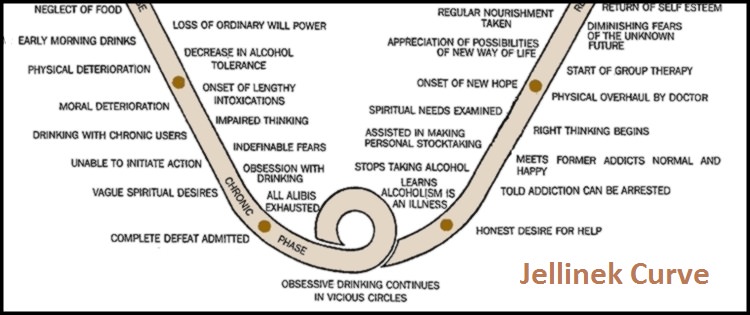
It should be borne in mind that even the statement of only one pathological sign on this card the next day after drinking indicates that the respondent is familiar with the negative effects of alcohol.
Beer is one of the most popular alcoholic drinks in Russia. According to the Center for Research on Federal and Regional Alcohol Markets, the average Russian drinks 50 liters of this drink per year. Unfortunately, beer is also a popular drink among athletes who don't mind having a drink after a workout. Everyone knows how harmful alcohol is. In an attempt to evade this fact, mass sports representatives are increasingly resorting to non-alcoholic beer. Contrary to popular belief about the usefulness of this drink for athletes, its harm is obvious. We decided to tell you why you should not drink non-alcoholic beer after training.
What is non-alcoholic beer
Non-alcoholic beer is beer with a low alcohol content. On average, it contains 0.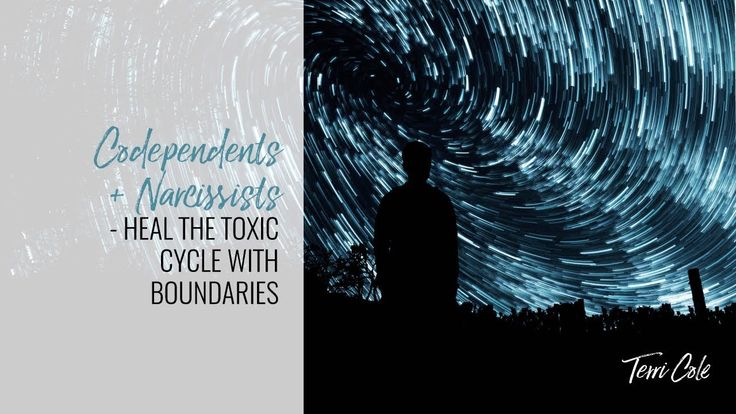 5% (up to 0.5% ethyl alcohol). Otherwise, non-alcoholic beer is no different from regular beer. It is prepared according to the same recipe - by fermenting the wort with yeast. And to remove alcohol from it, special technologies are used - membrane filtration, which allows you to separate alcohol from beer, and rapid fermentation at low temperatures. Therefore, in non-alcoholic beer, all the components of regular beer remain, with the exception of the high content of ethyl alcohol. Just like its alcoholic counterpart, non-alcoholic beer contains composition harmful to the body cobalt, fermentation products, among which there may be fusel oils and cadaverine or "cadaveric poison".
5% (up to 0.5% ethyl alcohol). Otherwise, non-alcoholic beer is no different from regular beer. It is prepared according to the same recipe - by fermenting the wort with yeast. And to remove alcohol from it, special technologies are used - membrane filtration, which allows you to separate alcohol from beer, and rapid fermentation at low temperatures. Therefore, in non-alcoholic beer, all the components of regular beer remain, with the exception of the high content of ethyl alcohol. Just like its alcoholic counterpart, non-alcoholic beer contains composition harmful to the body cobalt, fermentation products, among which there may be fusel oils and cadaverine or "cadaveric poison".
The effect of non-alcoholic beer on the body after training
The phytoestrogens contained in beer lead to hormonal imbalance.
After training, all body systems are exhausted, they need recovery. Drinking beer greatly complicates these processes. Cobalt 9 contained in non-alcoholic beer0078 negatively affects the cardiovascular system . After a workout, the body actively produces hormones that contribute to the growth of muscle mass. The phytoestrogens contained in beer lead to hormonal imbalance. They lower testosterone production, which reduces the positive results from training. Beer has a diuretic effect, due to which beneficial microelements, such as potassium salts, are so necessary for the heart, are washed out of the body. Fusel oils can cause blindness, liver disease, and impotence. It is fusel oils that are the cause of the hangover syndrome. In non-alcoholic beer, they are in small quantities and will not cause a strong hangover. But these oils tend to accumulate in the body.
After a workout, the body actively produces hormones that contribute to the growth of muscle mass. The phytoestrogens contained in beer lead to hormonal imbalance. They lower testosterone production, which reduces the positive results from training. Beer has a diuretic effect, due to which beneficial microelements, such as potassium salts, are so necessary for the heart, are washed out of the body. Fusel oils can cause blindness, liver disease, and impotence. It is fusel oils that are the cause of the hangover syndrome. In non-alcoholic beer, they are in small quantities and will not cause a strong hangover. But these oils tend to accumulate in the body.
Conclusions
Drinking beer after a workout can ruin all your efforts. It is better to replace non-alcoholic beer with a glass of mineral water, which will perfectly quench your thirst, replenish trace elements lost during training and will not cause any harm. After training, you can drink a protein shake . Thanks to the amino acids contained in it, the muscles will receive the necessary building cells for their growth. Due to the washing out of useful potassium, sodium and magnesium salts during training, it is necessary to replenish their reserves. To do this, after training, you can drink a water-salt solution: add 120 g of sugar and 1 teaspoon of salt to 2 liters of water. Freshly squeezed juices and milk are useful - they will replenish the reserves of vitamins and trace elements. You should not drink sugary carbonated drinks after a workout - they do not contain any beneficial elements for the body, but can lead to a sharp jump in sugar. In addition, an excess of glucose in the blood will cause another bout of thirst. The same water will help to solve the problem.
Thanks to the amino acids contained in it, the muscles will receive the necessary building cells for their growth. Due to the washing out of useful potassium, sodium and magnesium salts during training, it is necessary to replenish their reserves. To do this, after training, you can drink a water-salt solution: add 120 g of sugar and 1 teaspoon of salt to 2 liters of water. Freshly squeezed juices and milk are useful - they will replenish the reserves of vitamins and trace elements. You should not drink sugary carbonated drinks after a workout - they do not contain any beneficial elements for the body, but can lead to a sharp jump in sugar. In addition, an excess of glucose in the blood will cause another bout of thirst. The same water will help to solve the problem.
Watch your health and don't let your weaknesses hinder your physical development.
Anti-alcohol hotline
For information on any questions related to the use of alcohol, you can call the "Healthy Russia" helpline.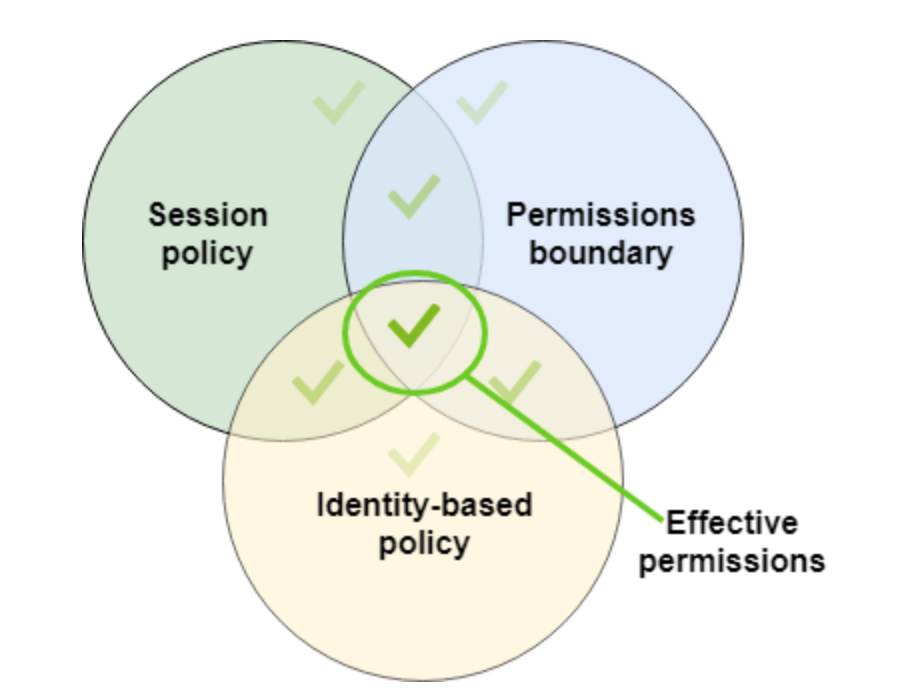 The hotline operates at 8-800-200-0-200. Calls to it are free from all regions of Russia.
The hotline operates at 8-800-200-0-200. Calls to it are free from all regions of Russia.
Hotline of the Narkom Charitable Foundation for the Rehabilitation of Drug Addicts, which provides services for the prevention of smoking, alcoholism, and drug addiction, including educating citizens about risk factors for their health and motivating them to lead a healthy lifestyle (8-499-250-05-00) with free consultations of a lawyer, psychologist, social worker on the website of your institution in the "information for the patient" section.
Safe dosage of drinking alcoholic beverages and the consequences of exceeding it
The vast majority of citizens, at least once in their lives, asked themselves the question: can alcohol be useful or at least safe?
Despite the centuries of experience of mankind in the use of alcohol, to date, no convincing scientific evidence of the benefits of drinking even moderate doses of alcohol has been received.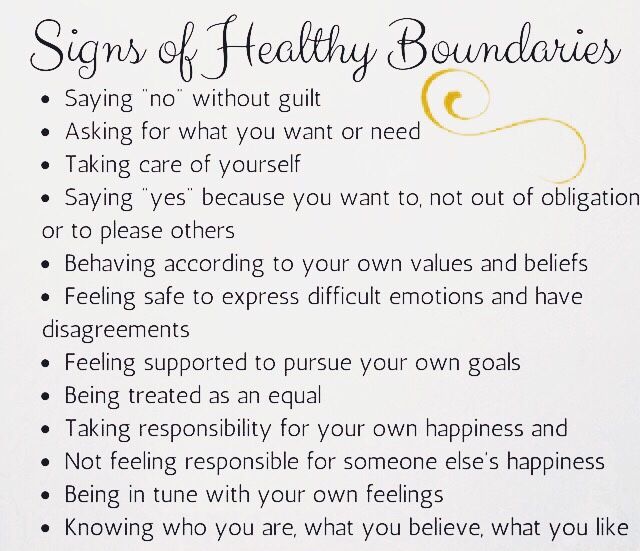
In fact, it is only reliably established that there are no STANDARDS and SAFE levels of alcohol consumption . We are talking only about the quantities of alcoholic beverages that may increase the risk of health consequences of their use to some extent. It must be responsibly understood that the harmful effects of alcoholic beverages on the body are due not only to the toxic effect of ethyl alcohol itself, but also due to even more harmful intermediate products of its decay (acetaldehyde, acetic acid, etc.), which have a damaging effect on internal organs and fabrics. The only question is the amount of alcohol taken per unit of time and the state of health of your body.
There is such a concept among specialists as “dose of risk”, which is determined for each person individually at the rate of 0.5 grams of pure alcohol per 1 kg of body weight. In order not to earn alcoholism, heart disease, liver disease, etc. The "dose of risk" must not be exceeded. This is expressed in the fact that you can afford to drink about 1-2 glasses of dry wine or 1-1. 5 bottles of beer or no more than 40 ml of vodka or other strong alcoholic drink per day.
5 bottles of beer or no more than 40 ml of vodka or other strong alcoholic drink per day.
The World Health Organization recommends that men consume no more than 40 g of pure alcohol per day (approximately 2 bottles of beer, 100 ml of vodka or 3 glasses of dry wine). And for women - 30 g of pure alcohol (1.5 bottles of beer or 80 g of vodka, 2 glasses of dry wine). And this is provided that 2 days a week a person will not take a drop of alcohol. At the same time, many experts point out that0078 any regular (3-4 or more times a week) even small amounts of alcohol can have an adverse effect on the course of existing pathological processes in the human body . A number of recent scientific studies have found a link between cancer and regular daily drinking. For example, it was found that if you drink a glass of wine every day, then the risk of developing cancer of the throat or oral cavity increases by 168 percent.
In addition, be aware that in some situations even taking one “risk dose” of alcohol per day is undesirable: for example, if you are going to drive a vehicle, if you are pregnant or breastfeeding, when you are taking certain medications, when you have many diseases (diabetes, gout, etc.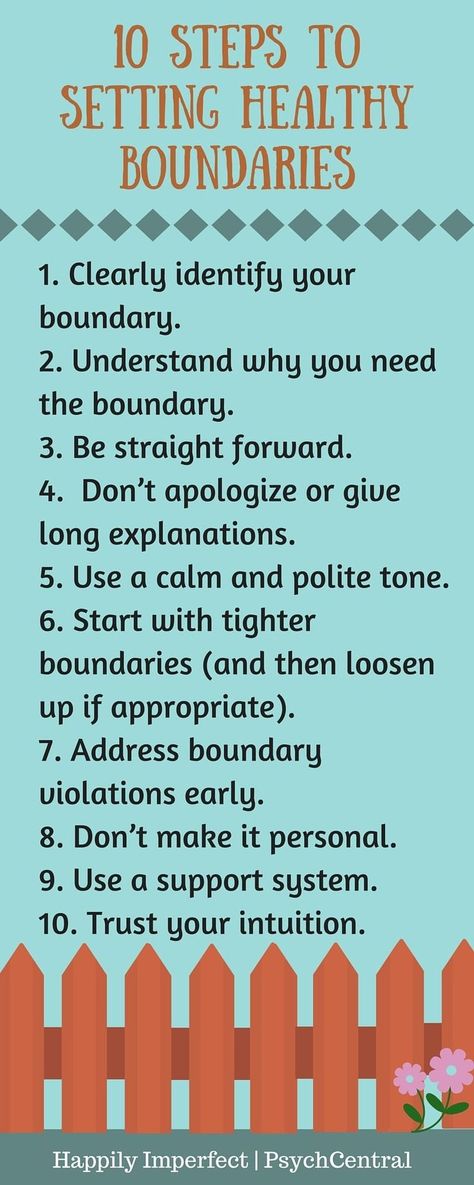 ), and even more so when you cannot control the process of drinking (i.e. you have signs of alcohol addiction).
), and even more so when you cannot control the process of drinking (i.e. you have signs of alcohol addiction).
To drink or not to drink alcohol is, in any case, a personal matter and the choice of each of us . Just remember that using it in large or even moderate conventional doses will sooner or later damage your health. And alcohol problems that have already arisen are not only harmful to health and psyche, but also various professional, family and social negative consequences of excessive drinking.
Anti-alcohol hotline
For information on any questions related to alcohol consumption, please call the Healthy Russia Help Desk. The hotline operates at 8-800-200-0-200. Calls to it are free from all regions of Russia.
Hotline of the Narkom Charitable Foundation for the Rehabilitation of Drug Addicts, which provides services for the prevention of smoking, alcoholism, and drug addiction, including educating citizens about risk factors for their health and motivating them to lead a healthy lifestyle (8-499-250-05-00) with free consultations of a lawyer, psychologist, social worker on the website of your institution in the "information for the patient" section.
The main tactics of the behavior of the relatives of a “drinking” person to motivate them to stop drinking alcohol.
When a person becomes dependent on alcohol, not only he suffers, but his whole family. Constant quarrels, scandals and endless persuasion to "quit", and the expectation of new alcoholization interfere with a normal life. But, as a rule, codependence is hidden behind attempts to save a relative, to pull him out of the clutches of addiction. Let's take a typical situation. The wife calls her husband's work and tells him that he is ill while he is drinking. She helps him get out of an unpleasant situation, but at the same time, covering him and freeing him from responsibility for his actions, contributes to the continuation of alcoholism.
Codependency is a pathological condition characterized by strong emotional, social or even physical dependence on another person. The codependent person, having allowed the behavior of another person to influence him, becomes completely absorbed in controlling the actions of this other person, and thus regulate his own state. Thus, not only the dependent person himself needs adequate assistance, but also his relatives.
Thus, not only the dependent person himself needs adequate assistance, but also his relatives.
There are certain tips to help overcome codependency and motivate the addict to sobriety.
- Allow the chemically addict to live as badly as he allows himself, but do not try to artificially worsen his life.
- Stop deceiving yourself that you have the right to solve a person's problem for him, that you are able to change the core of a person's personality.
- Do not hide from society the misdeeds of the addict, but also do not make public scandals about alcoholism.
- Do not help with debt obligations due to alcoholism, do not cover at work (study), etc.
- Do not take money because of the risk of alcoholism.
- Do not confront an addict while intoxicated.
- During the period of sobriety, do not "read morals" to the addict, but analyze your experiences, material losses, giving specific dates, places, characters.

- Be sure to consult with specialists if you have questions about the motivation for treatment and ways to overcome the craving for alcohol.
Successful application of mechanisms to combat addiction depends on the patient himself, but the creation of adequate conditions for motivation for sobriety and the correct information policy depends on relatives.
Anti-alcohol hotline
For information on any issues related to alcohol consumption, please call the Healthy Russia Helpline. The hotline operates at 8-800-200-0-200. Calls to it are free from all regions of Russia.
Hotline of the Narkom Charitable Foundation for the Rehabilitation of Drug Addicts, which provides services for the prevention of smoking, alcoholism, and drug addiction, including educating citizens about risk factors for their health and motivating them to lead a healthy lifestyle (8-499-250-05-00) with free consultations of a lawyer, psychologist, social worker on the website of your institution in the "information for the patient" section.
Features of adolescent alcoholism
Adolescents usually drink alcohol in the company of their peers. Subsequently, the intake of alcohol becomes a kind of group need. While a teenager is not in his company, there is no desire to drink, and when he gets into a familiar environment, the corresponding stereotypes of behavior are activated. Along with talking, arguing, walking, listening to music and visiting nightclubs, drinking is beginning to be perceived as an integral element of normal communication. Many experts consider this stage as a period of formation of group mental dependence, anticipating the development of teenage alcoholism.
In adolescents, anosognosia (denial of alcoholism) occurs faster than in adults, the ability to control the amount of alcohol consumed disappears. A patient with teenage alcoholism becomes angry and aggressive or weak-willed, lethargic, lacking initiative. Early alcoholism can be diagnosed in cases where a teenager for 6-8 months or more, regularly with a frequency of 2-3 times a week and more often consumed alcohol in a daily dose of at least 0. 25-0.3 liters. vodka or an equivalent amount of other alcohol. With a change in living conditions (cessation of contact with the group, change of scenery, etc.) and adequate psychological correction in the early stages of teenage alcoholism, most mental disorders become less pronounced or disappear.
25-0.3 liters. vodka or an equivalent amount of other alcohol. With a change in living conditions (cessation of contact with the group, change of scenery, etc.) and adequate psychological correction in the early stages of teenage alcoholism, most mental disorders become less pronounced or disappear.
As alcoholization continues, psychopathological manifestations become more persistent. With the abolition of alcohol, an abstinence syndrome develops, with vegetative disorders, and with the aggravation of teenage alcoholism during the withdrawal period, mental changes come to the fore - dysphoria, hysterical reactions or depressive disorders. With teenage alcoholism, the ability to learn is reduced, an attitude is formed that allows excessive use of alcoholic beverages, antisocial behavior. Patients suffering from teenage alcoholism often find themselves in an unfavorable social environment, commit offenses and end up in juvenile colonies.
Anti-alcohol hotline
For information on any issues related to alcohol consumption, please call the Healthy Russia Helpline. The hotline operates at 8-800-200-0-200. Calls to it are free from all regions of Russia.
The hotline operates at 8-800-200-0-200. Calls to it are free from all regions of Russia.
Hotline of the Narkom Charitable Foundation for the Rehabilitation of Drug Addicts, which provides services for the prevention of smoking, alcoholism, drug addiction, including educating citizens about risk factors for their health and motivating them to lead a healthy lifestyle (8-499-250-05-00) with free consultations of a lawyer, psychologist, social worker on the website of your institution in the "information for the patient" section.
Experts: with 30 g of alcohol per day, the increase in mortality begins
drink "Severe"
Russia is known as a country with the "northern model" of alcohol consumption-so experts call the way to drink shock doses. Together with us, Belarus, Kazakhstan, Ukraine and the Baltic countries stand out in this row. With the “southern model”, which is much less dangerous to health - it is practiced, for example, in Italy, Spain, France, Greece - citizens drink quite regularly, but little by little, and less strong alcohol: a glass of dry wine at lunch or dinner.
According to experts, in general, Russians have recently been reducing their “libations” - according to official data, in 2016 each person had less than 10 liters of alcohol per year, which is significantly less than in 2015 (while in a prosperous European region there are countries where they drink 14 liters per year). However, the extreme method persists and prevails in our country, when people “take on their chests” large doses, up to deadly ones.
“This is, for example, more than 1 liter of vodka at a time,” explains Head of the Health Risk Prevention Department of the Central Research Institute of Health Informatization of the Ministry of Health of Russia Daria Khalturina. - It should be understood that with age, the ability to endure extreme alcohol loads is significantly reduced. For example, if at the age of 18, being healthy, you can drink a liter of vodka and get off with a severe hangover, then the body of a 45-year-old man may no longer survive this. In our country, the death rate is very high from overdose.
In our country, the death rate is very high from overdose.
HOW NOT TO BRING?
Are there safe amounts of alcohol and what are they? There is a lot of controversy on this issue, there are different opinions. What should the common man be guided by? The World Health Organization (WHO) indicates the limit of an absolutely dangerous dose : 60 ml of ethanol for men and 50 ml for women. In terms of alcoholic beverages, this is respectively 180 or 150 g of vodka, or 1.5 beer, or 0.5 liters of wine per day. Beyond these boundaries, critically dangerous consumption begins. However, according to epidemiological data (that is, based on the results of long-term observations of large groups of the population. - Auth.), It is clear that already with 30 ml of ethanol per day, an increase in mortality begins , says Daria Khalturina. This is 90 g of vodka, 800 ml of beer or a large glass of wine. That is, drinking so much, a person is definitely harming himself.
NOT ONLY CIRRHOSIS
What threatens those who drink without seeing the shores? Many people traditionally remember cirrhosis of the liver, but in fact, the scale of damage and even destruction of the body is much wider, doctors warn. Alcohol is a carcinogen, so alcohol abuse leads to the development of diseases that scare people the most - various types of cancer. In particular, it has been proven that alcohol consumption is associated with an increased risk of developing cancer of the breast, lip, tongue, esophagus, liver, stomach, and bladder.
“If a person consumes more than 30 ml of ethanol per day , he also has an increased risk of neurodegeneration,” explains Daria Khalturina. As a result of , intelligence decreases , memory and character deteriorate, and the likelihood of developing Alzheimer's and Parkinson's diseases increases. Moreover, with age, our nervous system becomes more susceptible to the dangerous effects of alcohol. In general, long-term studies and observations of tens of thousands of people have shown that alcohol abuse, in particular the regular use of vodka, reduces a person's life by an average of 8 years.
IMPORTANT
No less strongly than on the elderly, alcohol has a negative effect on the young organism. The human brain is actively formed until the age of 25, and drinking alcohol before this age inhibits the development of the brain etc., experts say.
NUMBERS AND FACTS
- 82% of all murders in Russia are committed while intoxicated.
- Every 60th Russian man is now in prison, and the reason for this is most often alcohol.
- 55% of fire victims are not sober at the time of death.
(data based on official statistics provided by D. Khalturina).
QUESTION-EDGE
Anti-alcohol hotline
For information on any questions related to the use of alcohol, you can call the Healthy Russia telephone information service. The hotline operates at 8-800-200-0-200. Calls to it are free from all regions of Russia.
Hotline of the Narkom Charitable Foundation for the Rehabilitation of Drug Addicts, which provides services for the prevention of smoking, alcoholism, and drug addiction, including educating citizens about risk factors for their health and motivating them to lead a healthy lifestyle (8-499-250-05 -00) with free consultations of a lawyer, psychologist, social worker on the website of your institution in the "information for the patient" section.
Ethyl alcohol is a poison for the body
According to the results of a general medical examination, the vast majority of Russians have a high risk of developing diseases of the cardiovascular and respiratory systems, diabetes and malignant tumors. 24.3% of our fellow citizens - due to malnutrition, 19.6% - due to low physical activity, 17.3% and 16.7% - due to addictions - smoking and excessive alcohol consumption, respectively.
Better less than
Although in Russia from 2008 to 2014 there was a gradual decrease in alcohol consumption from 16.2 liters of pure alcohol to 11.5 liters per capita, we are still significantly ahead of the countries of Western Europe in this indicator. For comparison, per capita consumption of alcoholic beverages there is only 9.8 liters per year. According to studies, 75% of the Russian population moderately consumes alcoholic beverages, 20% consume alcohol in excessive amounts, 5% are alcoholics.
Ethyl alcohol is a poison for the body. The ethanol molecule is highly soluble in water and fats, therefore it easily penetrates into almost all tissues, having a detrimental effect on the body. Such diagnoses as alcoholic gastritis, hepatitis, fatty degeneration of the liver, chronic pancreatitis, cardiomyopathy and even polyneuropathy have already appeared. The heart, blood vessels, and brain are especially affected by the effects of ethyl alcohol, and in recent years, reports have appeared in the scientific literature about the pathogenic role of ethanol in the development of oncological diseases. Ethyl alcohol prevents the natural destruction of carcinogenic substances that enter the body.
The love of Russians for alcohol is expensive both for the country as a whole and for each of its individual citizens. Every year, 500,000 people die from the consequences of alcohol abuse, most of them men of working age. Even more are those who fall ill with chronic diseases or get injured and have accidents. On the basis of addiction, other socio-economic problems arise, including low labor productivity and an increase in crime, which the authorities are unsuccessfully fighting.
Know the measure
There is a concept in medicine “standard dose” (one drink), which refers to the amount of an alcoholic drink that contains a certain amount of pure ethyl alcohol. WHO experts proposed a standard that is now accepted in most countries of the world: 10 g of pure alcohol. This amount of alcohol is contained in 150 ml of dry wine, or 50 ml of strong alcohol (vodka, cognac, etc. ). A bottle of 4.5% beer contains 1.6 standard doses.
Specialists have also calculated the level of alcohol consumption that does not increase the risk of health consequences. For healthy men under the age of 65, it is 3 standard doses per day or 14 per week. For healthy women and men over 65, 2 doses per day or 7 per week. It is important that both indicators fit within the WHO framework. For example, if the average Russian drinks two glasses of vodka a day (100 ml), he does not exceed the daily limit, but exceeds the weekly limit.
Some categories of citizens should not drink alcohol at all: pregnant women, people taking medications that are incompatible with alcohol, or suffering from a number of chronic diseases, as well as representatives of professions that require the utmost concentration of attention and motorists if they are going to sit down in the near future steering wheel.
Mifam fight
Among Russians, it is widely believed that alcohol lowers cholesterol and even cleans blood vessels, like Tiret cleans pipes.










